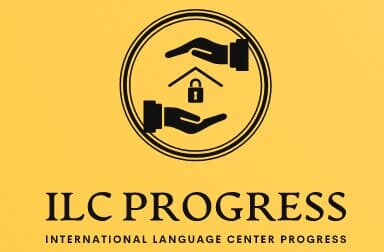For translators themselves, numbers are also very important. Numbers are the easiest to get wrong, and the consequences can be serious. That’s why interpreters pay special attention to writing down numbers when they’re learning the techniques of interpreter shorthand. To insure against ridiculous factual errors in translation, a specialist must have a good understanding of what realistic figures even exist in this or that field. A trained translator will not be confused by the rapid flow of figures and percentages, or even by an error in the original.
There are 7,000 living languages on the planet today. Five of them are spoken by only one person each in the world: Christina Calderon speaks Jagan, Charlie Mungulda speaks Amurdag, Doris Jean Lamar McLemore speaks Wichita, Verdena Parker speaks Hoopa and John Steckley speaks Wyandot.
A professional working eight hours a day on a standard office schedule can translate about 520,000 words in a year, a volume comparable to Victor Hugo’s novel Les Miserables. Or ten annual reports, if you count in terms closer to IB Translations. In the spring of 2018 alone, the company’s specialists translated 11 such reports, along with many releases and presentations.
Books are most often translated into five languages: English, German, French, Spanish, and Japanese. The five languages from which the greatest number of translations are made are English, French, German, Italian, and Ukrainian.
Commonly translators are often called not only specialists, but also machine translation systems. The idea of automatic translation appeared in the late 1940s, and since then, this industry has been constantly developing and widely used in practice, especially in recent years. And it is not only tourists and students who turn to online translators for immediate needs, but also translation service providers to cut their costs. Some specialized companies are now hiring “machine translation editors. According to experts, in the near future, human translation will be seen as a luxury offering.
It happens that a mistake in translation is costly. In 2009, HSBC, the U.K.’s largest bank, was preparing to enter the global market when it discovered that its relentless advertising campaign with the slogan “Assume Nothing” risked reputational damage, because it was translated into some languages to mean “Do Nothing. As a result, the company had to spend $10 million on rebranding.
The most translated book on the planet is the Bible. The Old and New Testaments can be read in full in more than 550 languages (some books of the Bible have been translated into 2932 languages). The UN Universal Declaration of Human Rights can be read in 462 languages. Interestingly, the Harry Potter novels, which are read in 70 languages, are far behind The Little Prince, published in 300 languages (perhaps because Saint-Exupery’s bestseller was written much earlier).
There are more than 300,000 professional translators in the world, which is about 0.004% of the world’s population. According to experts, the market volume of translation services – about $50 billion. And every year this figure is growing.
